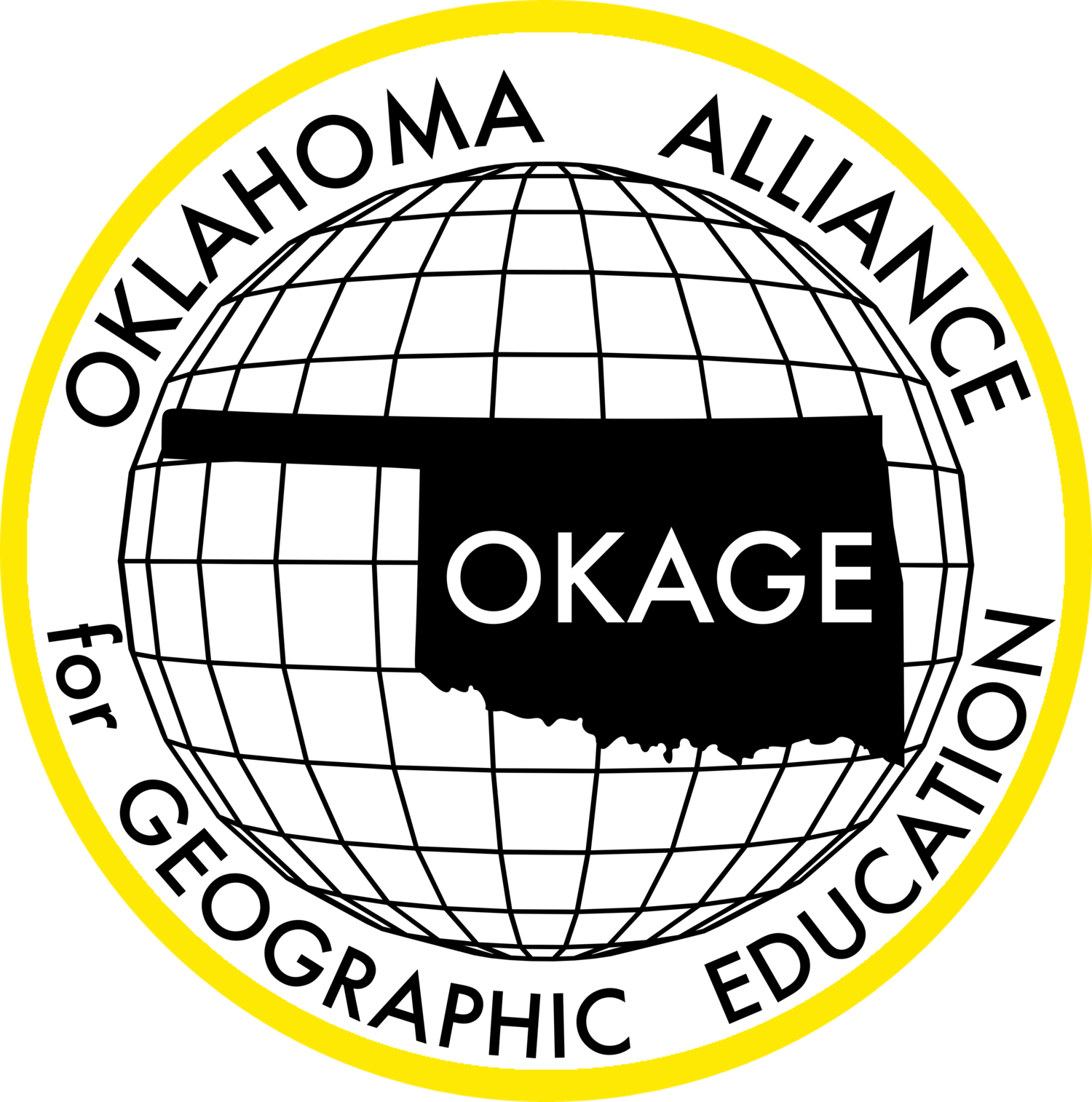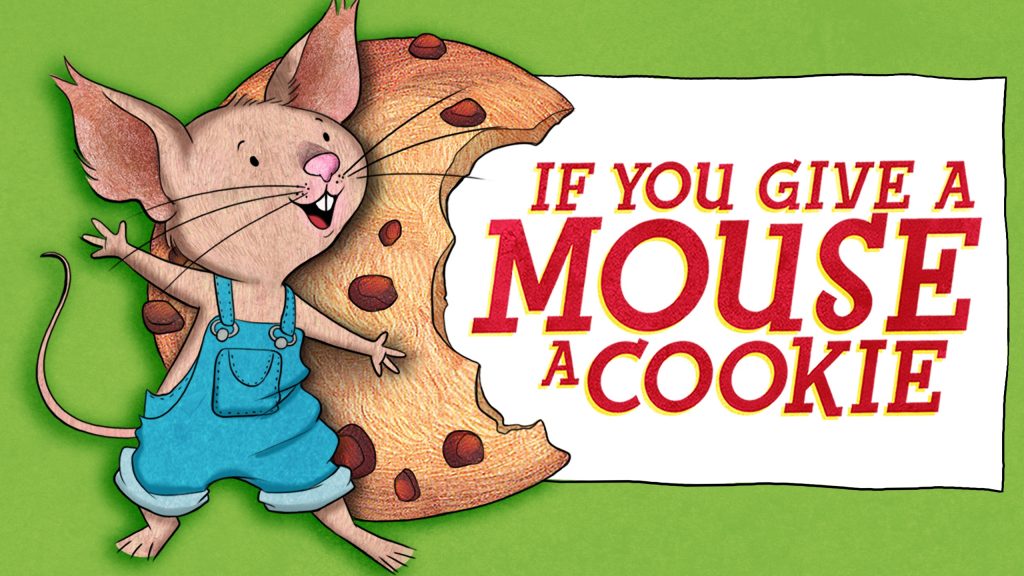If You Give a Mouse a Cookie: Using Graphic Organizers to Teach Cause-Effect Relationships
Description: Helping students understand the complexities of cause-effect relationships in contemporary world geography is best accomplished through the modeling and creation of graphic organizers which reflect such relationships in easily understood, visual ways. Using a scaffolding approach to introduce and reinforce such geographic concepts, such as “human- environment interaction,” (HEI) is an effective learning experience that can be applied to any regional study of the western or eastern hemispheres. The on-going practice in interpreting teacher-created and developing student-created visual graphic organizers, as well as kinesthetically manipulating the basic components of HEI relationships into a “desktop” graphic organizer, reinforces students’ abilities to identify the “causes” versus “effects” of geographic conditions.
Grade level(s): Middle Standards: PASS, GFL Produced By: Pam Merrill
Population in Color
Hey! Stop Tugging On Me!
The More the Merrier? Global Population Growth and the Future of Earth
Understanding Migration: Push and Pull Factors
Culture of Comix
Spanish Conquistadors: Methods To Their Madness & Why We Should Know About Them
Description: Students will decipher what a Spanish "Conquistador" was, identify and distinguish among important Spanish conquistadors while locating their exploration routes on a world map and examine the effect each had with his migration to the new world culturally, socially, and economically.
Grade level(s): Middle Standards: PASS, GFL Produced By: Denise Aguilar
Human Advancement into the Americas: Who was First?
Description: Students will define and distinguish the differences among these terms: migration, explorer, nomad, and descendent. They will examine the reasons for human advancement into the Americas, map the routes (including the major obstacles) taken by the "First" Americans, discover the effects their migration had on the development of the world.
Grade level(s): Middle Standards: PASS, GFL Produced By: Denise Aguilar
Strait of Magellan
Description: Students will locate the Strait of Magellan, discover its importance as a sailing route connecting the Atlantic and Pacific Oceans until the Panama Canal was completed in 1914, and will learn what its navigation purposes are today.
Grade level(s): Middle Standards: OAS, GFL, C3 Produced By: Glenda Sullivan
Colorado River Running Dry
The ABC's of Afghanistan and Pakistan
Description: The goal of this lesson is to have students compare and contrast Afghanistan and Pakistan. They will create an alphabet fact book and a digital cartoon to highlight what they have learned.
Grade level(s): Middle Standards: PASS, GFL Produced By: Teresa Potter
Read, Write, Debate, Create!
Description: The goal of this lesson is to engage students in exploring how every day activities such as tourism can affect the environment in positive and negative ways. Students create digital movies and cartoons to debate environmental issues. They learn the process of debate and participate in a debate. Students also hypothesize about solutions to the environmental, economical and cultural effects of tourism.
Grade level(s): Middle Standards: PASS, GFL Produced By: Teresa Potter
Natural Resource Distribution Web
Description: The purpose of this lesson is two-fold: to familiarize students with the characteristics of a developed country and those of a developing country; and to acquaint students with the differences in distribution of natural resources in developed and developing countries.
Grade level(s): Middle Standards: PASS, GFL Produced By: Lee Ann Harrelson
MAXimize Student Learning
Description: Students will be introduced to three key phases (preview/motivation, acquisition of knowledge, and extension of learning) necessary for in-depth comprehension of any type of textual information from both primary and/or secondary sources. By utilizing a hands-on case study of the Quechua rural villages of Andean Bolivia, students will experience these three phases, practicing effective research-based strategies and skills. Simultaneously, students will be given the opportunity to examine the interactions of humans who have positively modified their environments in order to satisfy their nutritional needs through somewhat unconventional means.
Grade level(s): Middle Standards: PASS, GFL Produced By: Pam Merrill
Water Fight: Watersheds and Water Rights
Description: Students will examine and explore the current water rights issues while they learn the science and geography of our water systems, including rivers, watersheds and aquifers. They will investigate the negative and positive impact of human interactions with our water supply.
Grade level(s): Middle Standards: PASS, GFL Produced By: Tiffany Neill
Comparing Developed and Developing Countries
Description: Students will discuss the differences in developed and developing countries, use resources to make correlations between population and natural resources, and use maps and globes to locate important locations of geographical significance.
Grade level(s): Middle Standards: PASS, GFL, CC Produced By: Susan Smith
World Biomes
Maxing Out Geography Strategies
Description: Students will be able to summarize, using key concepts, text from different sources related to geography. Students should be able to discuss several world regions intelligently, and tell how people make their living there based on the available resources. Students should be able to discuss geographical topics from different perspectives.
Grade level(s): Middle Standards: PASS, GFL Produced By: Susan Smith
Gridiron Geography - 2011
Description: Using the Big 12 Football schedule as a guide, your students will learn about the geographical and historical significance surrounding the participating teams' campuses, home cities or towns, home states, mascots, players, and more!
Grade level(s): Upper Elementary, Middle School, High School
Standards: GFL
Produced By: Janet Hall, Lyndal Caddell, Glenda Sullivan, Brad Bays, Patricia Anduss, Ann Kennedy, Bill Amburn, Denise Rhodes, and Eugene Earsom.





















